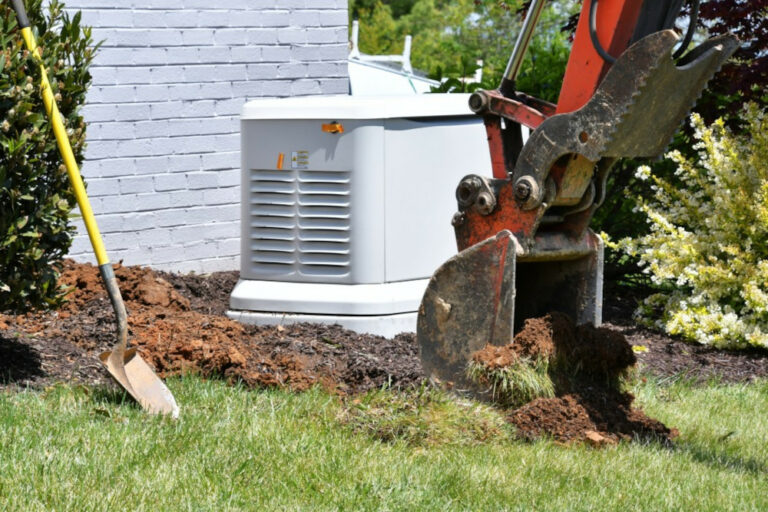Power outages are a fact of life in many countries. If you are working from home and need constant power, consider purchasing a generator. The same applies if you use a lot of household appliances.

What is a generator?
A generator is a device for producing electrical energy. It operates an alternator with a heat engine to provide electricity. It requires a substitute energy: fuel.
For domestic use, it is best to buy a gasoline generator. It has a manual start device. However, you can connect it to your electrical network, trying to trigger it automatically every time there is a power outage. The power of this type of device varies between 1.5 kW and 6 kW.
Where to install a generator?
A generator generates noise, even if you opt for a soundproof model. This means that to ensure the comfort of use, it is preferable to install it outside the house. Place the device in a location far from humidity and gas sources. It is in your interest to build a secure shelter. In this way, you do not fear bad weather and burglaries.
It is important to respect the installation conditions indicated by the generator supplier. The maximum length of the power cable must be considered.
Connecting a generator
Once you have found the ideal location for the generator, it is time to begin the installation. Before any connection, you must turn off the main power supply. Only turn the power back on after you have closed all the boxes of the main power network.
The first step is to connect an inverter to allow switching between the usual power supply and that supplied by the device during a power outage. This device also proves to be an effective protection to prevent counter-feeding. In other words, the equipment is not likely to reinject voltage into the electrical network. This element must be installed between the main meter and the electrical panel.
The next step is to connect the generator itself. You will need an input socket with male plugs and a minimum IP55 protection rating. You will need to insert this element on the front and then connect it to the source inverter. Do not hesitate to call an electrician to avoid incorrect connections.
Test the generator
Turn off the main power again to test the appliance. Try switching to the secondary power supply by checking the inverter. If the generator motor starts automatically, you have nothing to worry about. In addition, you should check the power supply in the house. Test if your blender is running well thanks to the generator. Also, try switching on the lights in the house. When the main power supply resumes, the generator motor should stop.

















